Google’s 2025 Advertising Updates: AI Integration and Enhanced Targeting
Google’s 2025 advertising features introduce deeper AI integration aimed at improving ad targeting accuracy, performance tracking, and connectivity across platforms like YouTube, Google Maps, and Google Shopping. Leveraging machine learning algorithms, these tools analyze user behavior and preferences in real time to help advertisers reach audiences more precisely. Campaign metrics have become more transparent, enabling marketers to better assess which strategies deliver the highest returns. The refined integration across Google’s services simplifies campaign management and broadens reach.
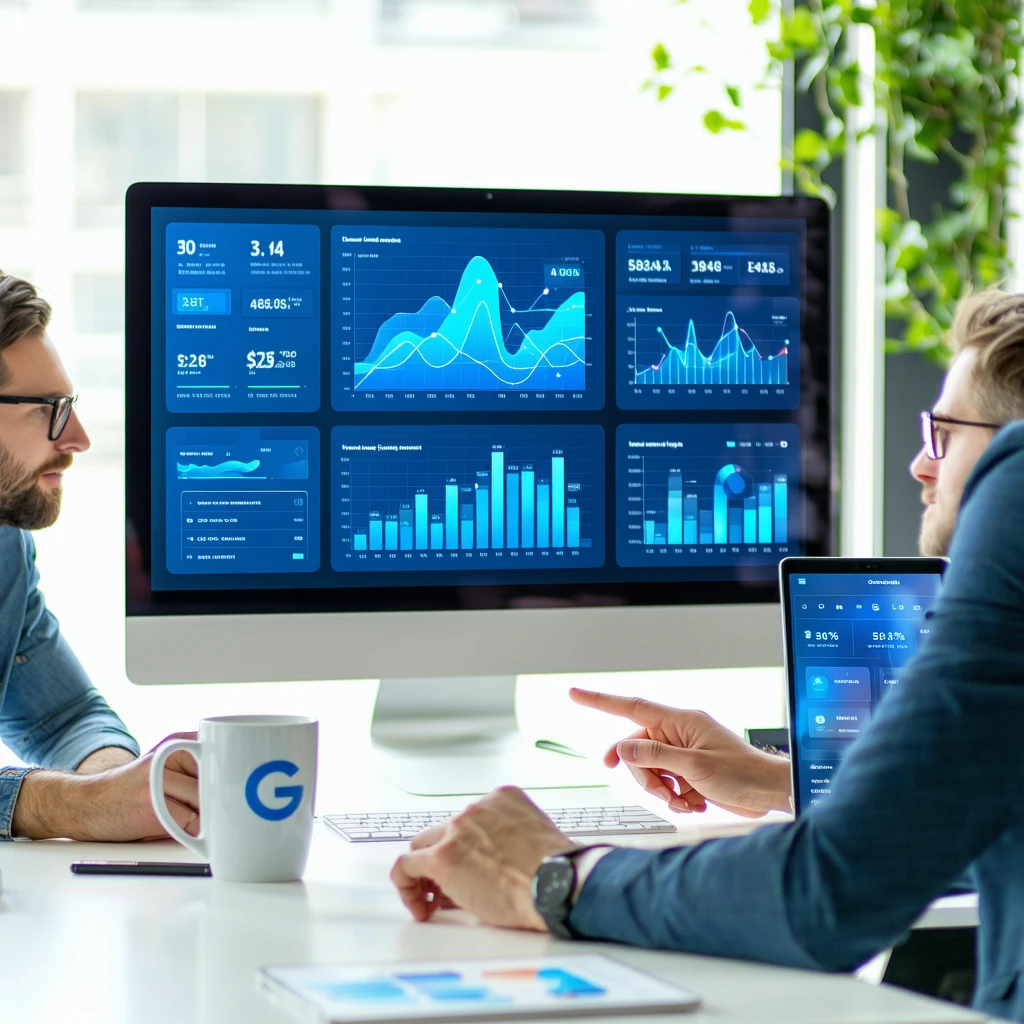
Advertiser Concerns: Privacy, Control, and Effectiveness
Despite these advancements, many advertisers remain cautious. Data privacy concerns persist due to the reliance on real-time user data, raising questions about collection methods and regulatory compliance. Skepticism exists regarding whether AI-driven tools consistently produce meaningful results or simply increase costs without proportional benefits. Trust in Google’s data handling and ad policies has been challenged by recent updates, prompting advertisers to carefully weigh risks and rewards.
The shift toward automation, especially with the introduction of Performance Max (PMax), has caused unease among marketers who feel their control over campaigns is diminishing. Many worry that heavy reliance on AI obscures campaign optimization processes and reduces their ability to fine-tune targeting and messaging. This tension reflects a broader hesitation to cede oversight to machine-led systems without clear visibility into decision-making.
Navigating Data Privacy and Regulatory Challenges
Data privacy remains a major barrier to full adoption. Advertisers are concerned about how user data is collected, stored, and used, especially amid increasing regulatory scrutiny. Although Google has updated policies to clarify data usage and improve consent mechanisms, skepticism endures. Brands must balance leveraging detailed user insights with respecting privacy expectations to avoid reputational damage or compliance issues.
Cost Versus Benefit: Evaluating AI-Driven Tools
The financial implications of adopting Google’s AI-powered features also cause hesitation. While these tools promise improved ROI through smarter targeting and integrated analytics, some marketers report mixed results. The initial investment can be substantial, particularly for smaller businesses with limited budgets. This uncertainty about performance consistency encourages cautious, incremental testing rather than full commitment.
Adapting to Policy Changes and Maintaining Control
Recent policy updates aimed at tightening compliance and reducing ad fraud have introduced additional complexity. Advertisers must stay informed and adapt quickly to maintain campaign effectiveness while adhering to stricter guidelines. Maintaining a hands-on approach to campaign management is essential to ensure automation supports rather than replaces marketer expertise.
Google appears to be considering adjustments to PMax and its automation strategy to offer more control and transparency. This could help reconcile AI efficiency with marketer confidence, allowing campaigns to benefit from machine learning without sacrificing human oversight.
Frequently Asked Questions About Google’s 2025 Advertising Features
- Control Over Automated Campaigns: While tools like Performance Max automate bidding, targeting, and creative optimization, marketers often seek clarity on how much influence they retain over audience segments and messaging to maintain brand consistency.
- Data Privacy and Compliance: Advertisers want transparency on data collection, processing, and protection, including how Google complies with global regulations and manages user consent and anonymization.
- Cost-Effectiveness: Questions arise about whether the investment in AI-driven features delivers measurable returns, especially for small and mid-sized businesses. Mixed outcomes reported by some marketers highlight the need for cautious testing.
- Navigating Policy Updates: Advertisers seek guidance on staying current with evolving ad policies and best practices for maintaining compliance while preserving campaign agility.
Balancing Innovation with Strategic Oversight
Google’s 2025 advertising updates offer powerful AI-driven tools that enhance efficiency and targeting precision. However, concerns about control, transparency, privacy, and cost remain significant. Success will depend on marketers balancing the benefits of automation with a strategic, hands-on approach that protects brand integrity and consumer trust.
For more details, see the original article by Search Engine Land: https://searchengineland.com/googles-power-pair-push-advertiser-skepticism-455399
As author Barry Schwartz notes, “While Google’s new advertising features aim to enhance campaign performance and targeting, skepticism from advertisers regarding data privacy, AI effectiveness, cost-benefit analysis, and trust in Google remains a significant barrier to widespread adoption.”
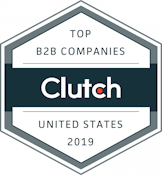
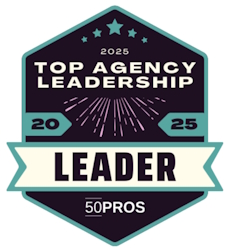
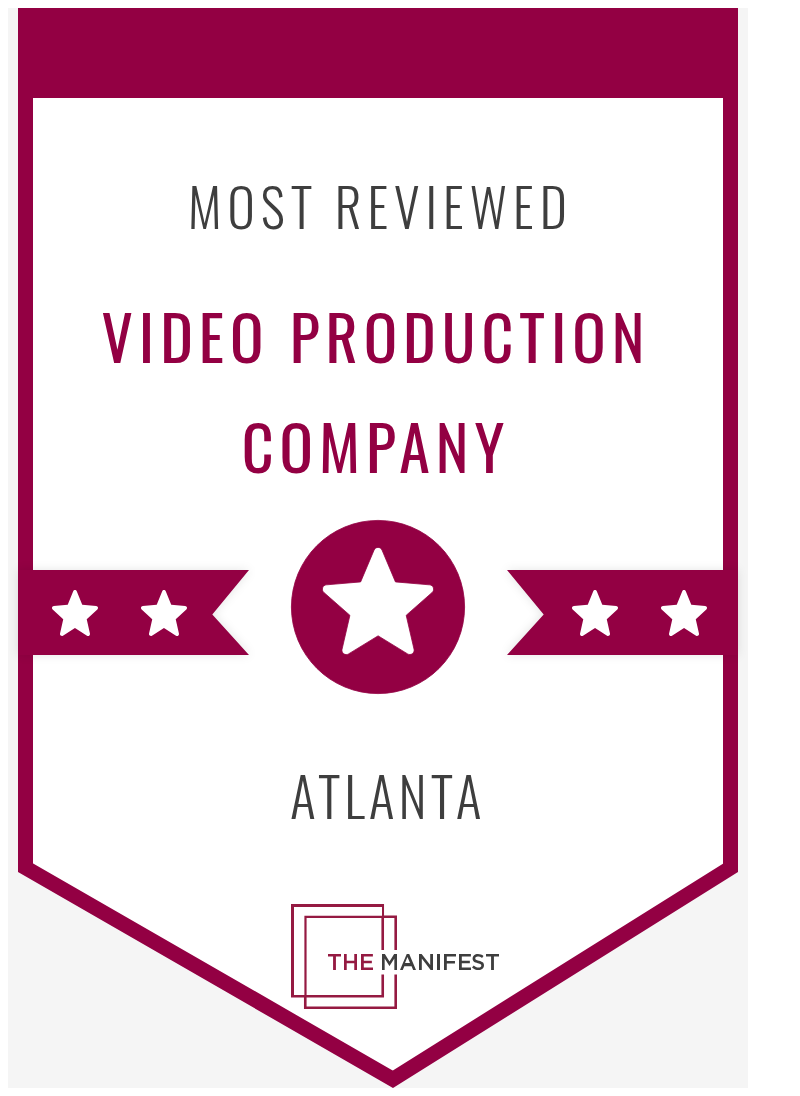
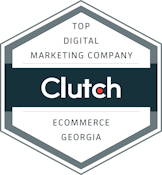
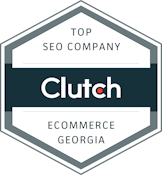


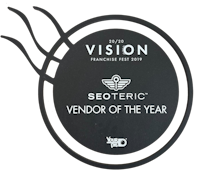
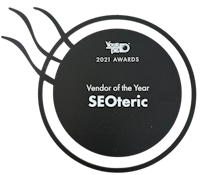
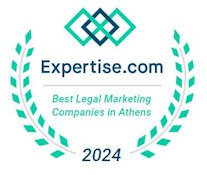



.png)

